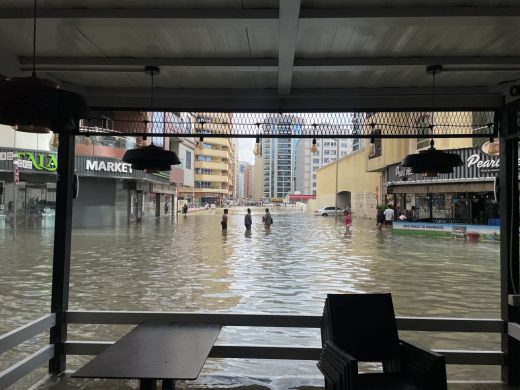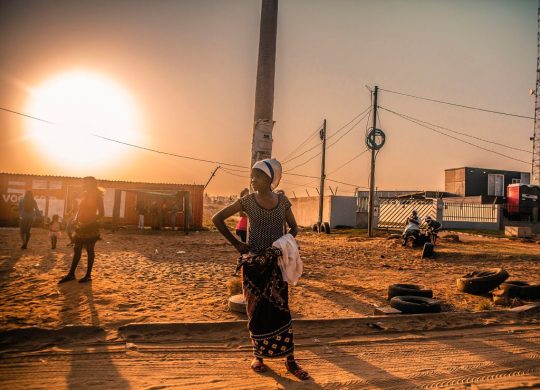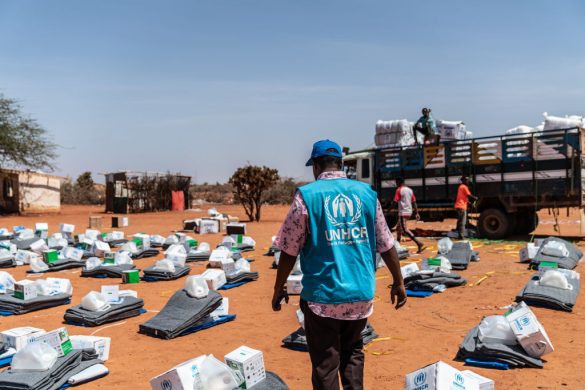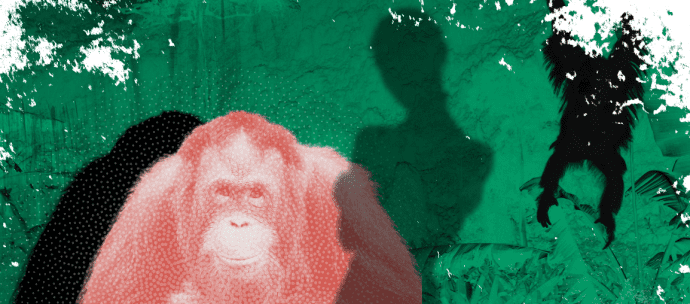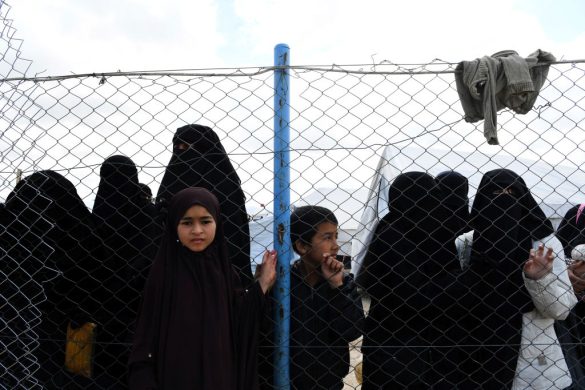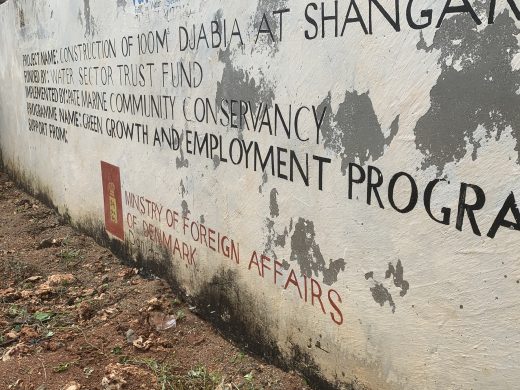Viden om naturkatastrofer og hvordan man forebygger eller begrænser effekten af dem er tungt stof. I Kenya har Røde Kors med succes brugt rollespil og computersimulationer i formidlingen af emnet.
[GENEVA] Playing games is helping to engage communities with the complex scientific information used to forecast natural disasters, as well as encouraging people to take steps to mitigate future risks, experts say.
Tools ranging from simple probability-based role play scenarios to state-of-the-art digital apps that model the Earth’s changing environment were presented to the Global Platform for Disaster Risk Reduction meeting in Geneva, Switzerland, this week (19–23 May).
“What we see is communities engaging with games about disaster risk whereas traditionally the scientific information on the same issues has flowed right off them,” says Maarten van Aalst, the director of the Red Cross’s Climate Centre.
“Games are a great way to convey the often complex messages of scientists and can lead to real change,” he adds.
Games about El Niño
In Kenya, for example, communities have played dice games to model probabilities of the El Niño and El Niña cycles that can drive droughts and floods. By assigning rewards and penalties for action or inaction, the games consistently show communities that pursuing preventative measures is a better strategy in the long term than waiting for disasters to hit, says van Aalst.
The games have sparked a considerable increase in engagement between communities, scientists and policymakers, and are an invaluable way of starting conversations about disaster management, he adds.
But van Aalst admits that the very nature of disaster management — interventions are proved to be successful only in the wake of a disaster — make it difficult to measure the impact of such games.
Other efforts to make scientific data fun, such as the Tangible Earth project, use cutting-edge technology.
3D digital globe
The 3D digital globe, which was released as a free smartphone app this month (16 May), provides an intuitive interface for the large amount of disaster-related data — about tropical storms, droughts and crop losses, as well as population and infrastructure changes, for example — in the 2013 Global Assessment Report on Disaster Risk Reduction.
Manipulating single or multiple variables is not only fun, but makes it easier for people to see how a changing climate could affect them in the future, says David d’Heilly, a researcher for Tangible Earth.
“Imagine if instead of telling a farmer that the risk of a disaster is increasing, he could see it with his own eyes,” he adds.
The tool also represents a great opportunity for scientists’ work to reach a wider audience among people who work in managing disaster risks, he says.
But concerns were raised during the meeting that games must consider factors, such as social structure and gender, if they are to be successful. Van Aalst says adapting games in this way needs skilled facilitators, the training of whom is holding back the scale up games, he adds.
Furthermore, he says, encouraging communities to take action to prevent disasters using games is effective only if they have the necessary resources. This would need the donor community to shift its focus from disaster relief to disaster prevention, says van Aalst.
Læs mere om http://www.preventionweb.net/english/hyogo/gar/2013/en/home/GAR_2013/GAR_2013_2.html
Global Paltform for Disaster Risk Reduction: http://www.preventionweb.net/globalplatform/2013/
Artiklen er skrevet af Jan Piotrowski og stammer fra www.SciDev.net






